Heritage Attractions
Emo Court & Gardens
Emo Court is located 5-miles from Mountmellick, ten minutes drive.
Emo Court was designed by the architect James Gandon in 1790 for the Earls of Portarlington and is a magnificent example of this neo-classical style.
During the middle of this century it was owned by the Jesuits, it was then acquired and extensively restored by Mr. Cholmeley-Harrison in the 1960s.
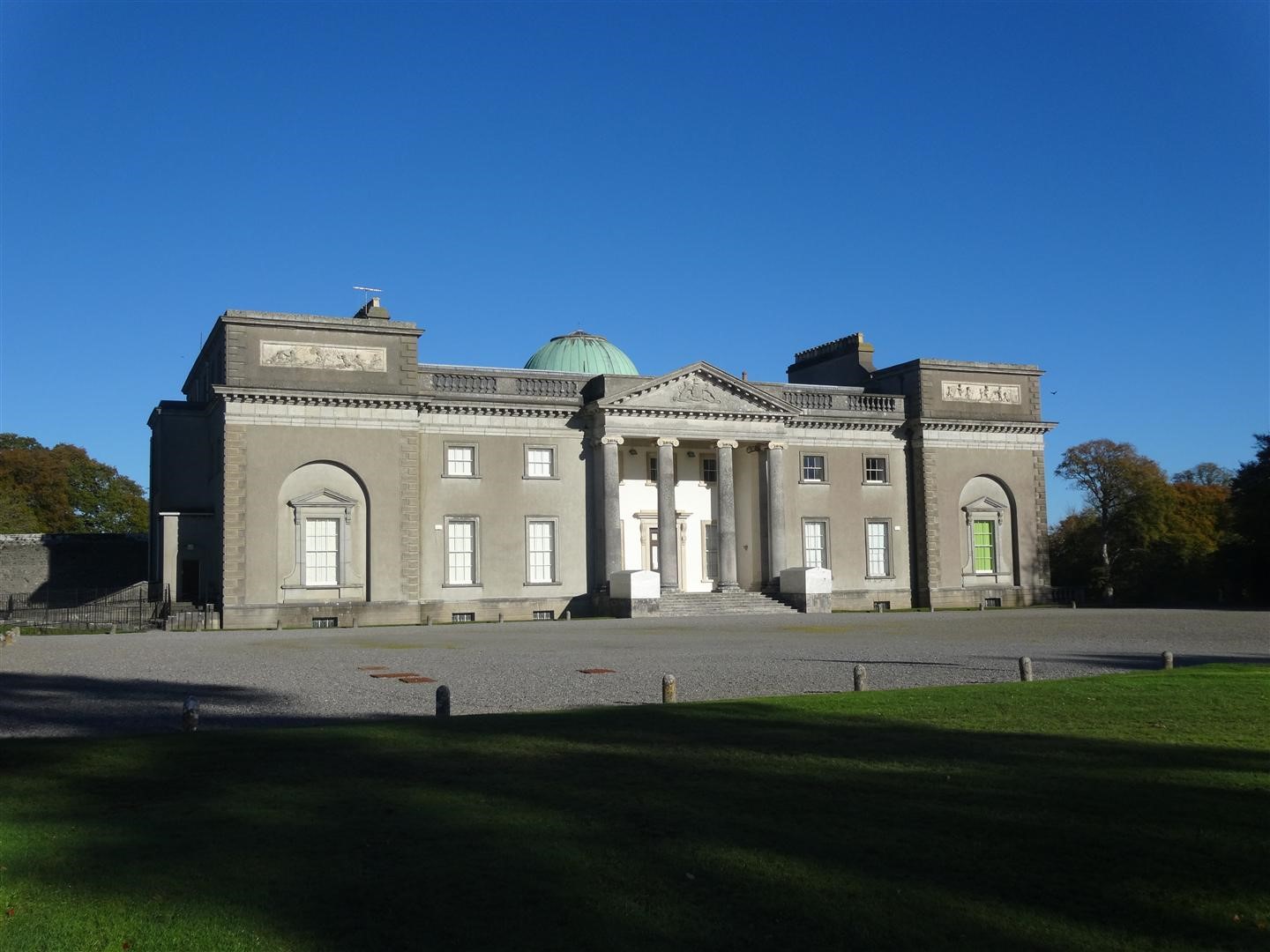
The house is surrounded by beautiful gardens and parkland which were first laid out in the 18th century and contain formal lawns, a lake and woodland walks with many very fine trees and shrubs. The house and gardens were taken into State ownership in 1994.
Located in Emo, County Laois, just 17kM from the Forum and is a popular place for lakeside walks and coffee in the annex of the main house.
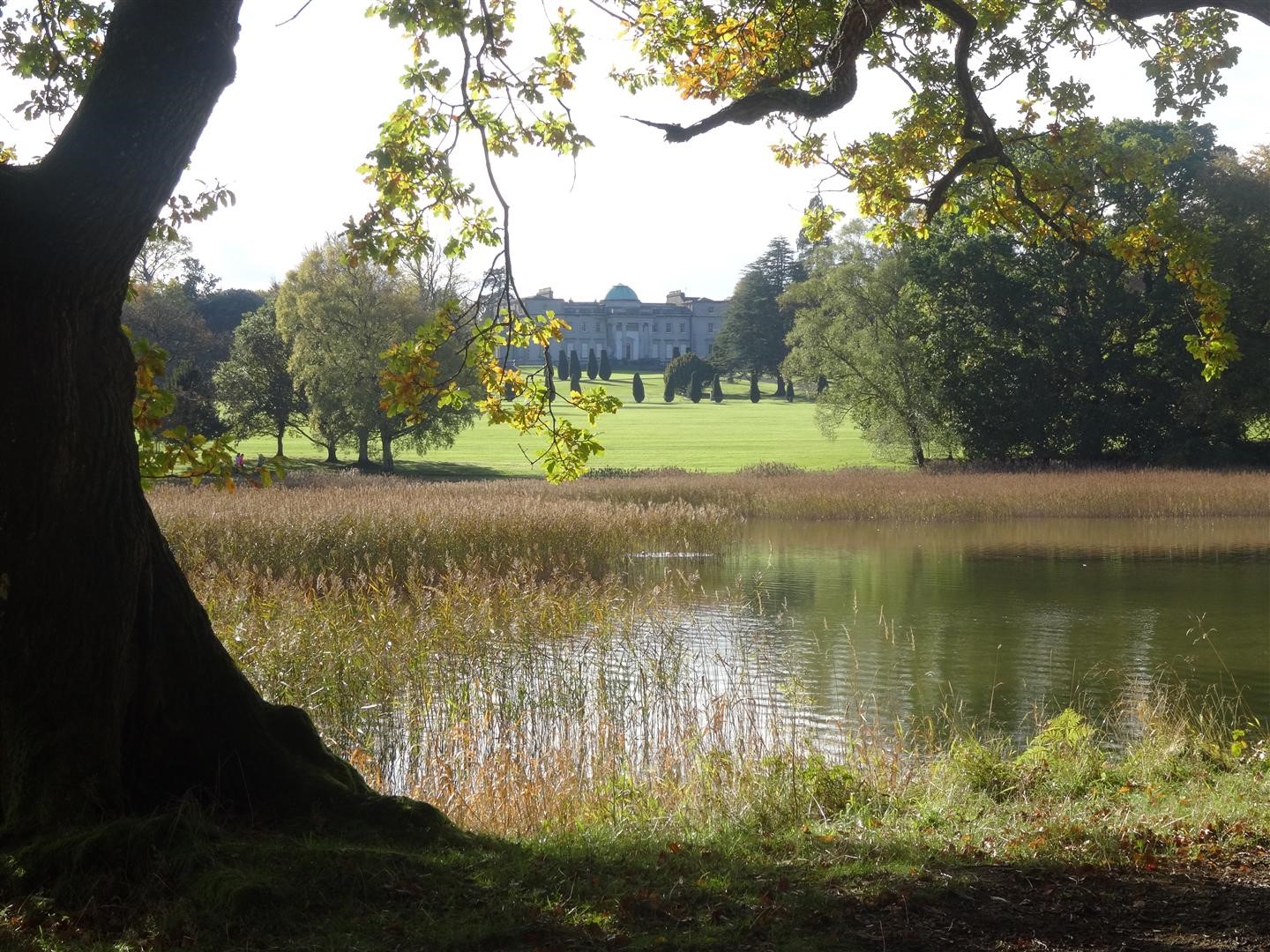
Rock of Dunamase
The Rock of Dunamase is an imposing and magnificent example of a Celtic fortification overlooking the valley of the O’Moores, just outside Portlaoise, County Laois.

Timahoe Round Tower
One of Ireland’s best known contribution to magnificent world renowned architecture, is the round tower in Timahoe, County Laois which is 23kM from Mountmellick.
Their primary function was that of a belfry, in Irish cloig-theach (bell house).
Entered by a single doorway high above the ground, the multi storey building has small window openings and would have had wooden floors accessible by ladders. Most round towers are found near old churches or where churches existed at some time.
This would place them in a ecclesiastical and monastic context. The exact date of construction for most round towers in unknown. However, research would place the round tower in Timahoe in the 12th Century.
History: Saint Mochua, who died in 657, established a monastery in Timahoe during the seventh-century. It was destroyed by fire in 1142, and was re-founded by the O’Moores.
The twelfth-century Round Tower with its impressively decorated Romanesque doorway is all that remains of the original monastic foundation. In 1609 the monastery and lands were granted to Sir Thomas Loftus and later (1609) to Richard Cosby. It is alleged that one of the Cosby family transformed what was a medieval church into a castle. The last friar of the monastery was killed in 1650.
Location: Timahoe Round Tower is situated equidistant southeast from Port Laoise, and northeast of Abbeyleix. From M7 south, take R425 south to left on R 426. Timahoe village is approx. 10 km. down R 426. The round tower stands in a lovely park-like setting across a pretty footbridge that crosses the Bauteogue river in the centre of the Timahoe village.
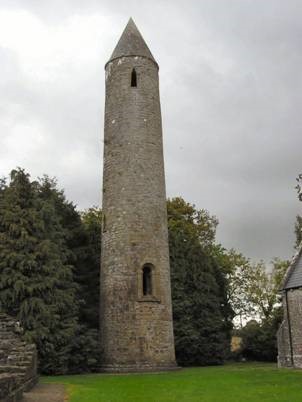
History: Saint Mochua, who died in 657, established a monastery here in the seventh-century. Burned in 1142, it was re-founded by the O’Moores. The twelfth-century Round Tower with its impressively decorated Romanesque doorway is all that remains of the original monastic foundation. After the Suppression, the monastery and lands were granted to Sir Thomas Loftus and later (1609) to Richard Cosby. It was probably one of the Cosby family who transformed what was a medieval church into a castle. The last friar of the monastery was killed in 1650.
Location: Timahoe Round Tower is situated equidistant southeast from Port Laoise, and northeast of Abbeyleix. From M7 south, take R425 south to left on R 426. Timahoe village is approx. 10 km. down R 426. The round tower stands in a lovely park-like setting across a pretty footbridge that crosses the Bauteogue river in the centre of the village.
For other round towers in Ireland see roundtowers.org.
Lough Boora Parklands
Lough Boora Parklands are a beautiful landscape at the centre of Ireland – a paradise for outdoor enthusiasts. Through a creative combination of nature and the human hand new habitats are emerging on the cutaway bogs of Co. Offaly. Lands cloaked with great raised bogs for 10,000 years are at the dawn of a new era. Bogs harvested by Bord na Móna for energy since the 1940s are establishing as unique and welcoming habitats for a wide range of flora and fauna.
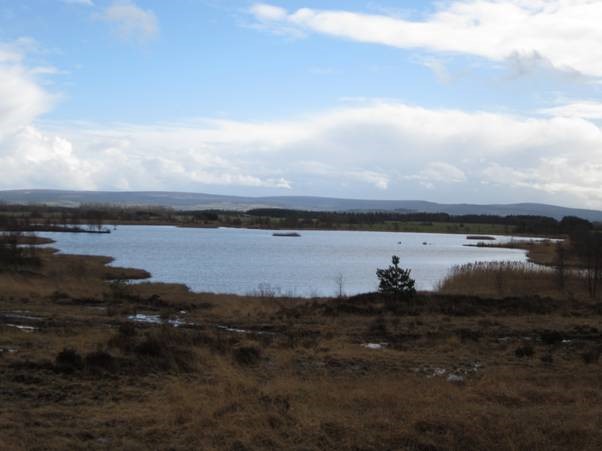
The parklands consist of a magnificant collection of natural & manmade lakes, wetlands, woodland areas, 50km of walkways, natural recolonisation and pastureland whilst providing a new habitat for wildlife, flora & fauna.
Lough Boora Parklands,
Boora, West Offaly, Ireland
Tel: 00353 57 9345978
Kinnitty Castle
Kinnitty Castle is a Gothic revival Castle located at the foothills of the Slieve Bloom Mountains.
The Castle has a long and turbulent history. The first castle at Kinnitty was destroyed in 1209 and later rebuilt by the Normans in 1213, who were subsequently driven out by the powerful Gaelic Clan, the O Carroll’s of Ely.
Kinnitty Castle, is 30km from The Forum Mountmellick.
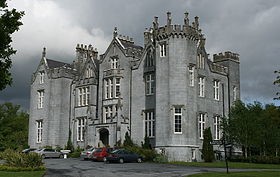
During the Norman period, an Augustinian Abbey was established near the Castle parts of which are still visible notable the famous High Cross and Abbey Wall.
In 1630, William O Carroll built a new Castle close to the Abbey but this was confiscated by the English Forces as part of the Plantation of Offaly or Kings County as it was then known. In 1664, the Castle and its Estate was granted to Col. Thomas Winter as a reward for military service. It was subsequently sold by Col. Winters descendants to Bernard family in 1764.
In 1811, Lady Catherine Hutchinson, wife of Thomas Bernard, commissioned the famous Pain Brother Architects of Dromedary Castle and Adare Manor, to extend the Castle to its present status today, a magnificent example of neo gothic architecture.
Unfortunately, in 1922, the castle was set alight by the Republican forces as part of the 20th Century campaign for Independence.
In 1928, the castle was restored and the Bernard family continued to live there until 1946, when it was sold to Lord Dedes, who in turn sold it to the Irish State in 1951. In 1994, ownership transferred from the Irish State into the private sector and it was transformed into the luxury hotel it is today.
The castle is open all year around to passing visitors and for those who wish to enjoy it luxury accommodation, Georgian restaurant and bars. The library bar houses a unique collection of antique books and journals which are complimented by the exquisite Louis XV style drawing room where one can relax with a friendly drink or two.
For details of Kinnitty Castle and its facilities, www.kinnittycastlehotel.com.
Contact
Address
Patrick Street,
Mountmellick,
County Laois,
Ireland,
R32 KN25
Phone
+353 57 869 7557
